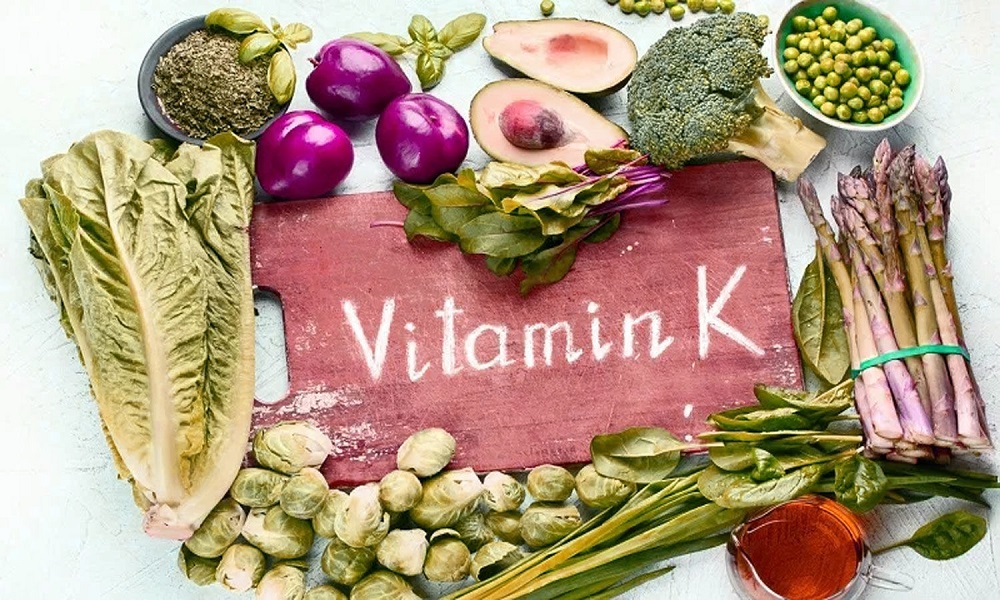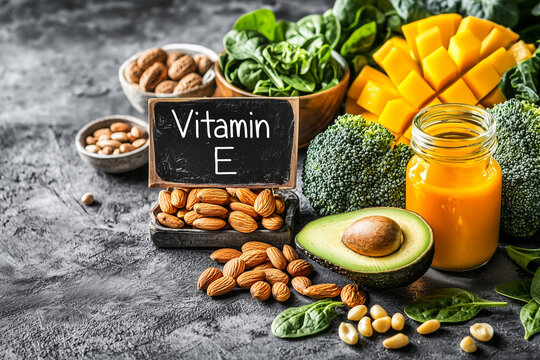
Vitamin K deficiency, though uncommon in healthy adults, can lead to serious health issues, primarily excessive bleeding and impaired bone health. Vitamin K is essential for blood clotting and bone metabolism, and its deficiency can affect newborns, individuals with malabsorption disorders, or those on certain medications. Understanding its causes, symptoms, and solutions is crucial for prevention and effective management.
Vitamin K deficiency is rare in healthy adults because many of the foods we eat contain adequate amounts of vitamin K, and because the body makes vitamin K, but is more common in infants and people with certain health conditions. Globally, vitamin K deficiency bleeding (VKDB) in newborns remains a concern, particularly in regions with limited healthcare access.
What is Vitamin K and Why is it Important?
Vitamin K is a fat-soluble vitamin critical for blood clotting (coagulation) and bone health. It exists in two main forms: K1 (phylloquinone), found in green leafy vegetables, and K2 (menaquinone), produced by gut bacteria and found in fermented foods and animal products. The NIH explains, “Vitamin K is a cofactor for the synthesis of blood clotting factors (factors II, VII, IX, X, and proteins C and S)”. It also supports bone mineralization by activating proteins like osteocalcin.
Vitamin A Deficiency Symptoms, Signs and Solutions
Vitamin K plays a key role in helping the blood clot, preventing excessive bleeding Deficiency disrupts blood clotting, leading to excessive bleeding, and impairs bone health, increasing fracture risk. While rare in healthy adults due to dietary availability and gut production, deficiency is more common in newborns, individuals with malabsorption disorders, or those on long-term antibiotics.
Causes of Vitamin K Deficiency
Vitamin K deficiency results from inadequate intake, impaired absorption, or interference with its metabolism. Vitamin K deficiency can happen if you don’t get enough vitamin K in your diet or if you have certain medical conditions.
Key causes include:
- Inadequate Dietary Intake: Rare in adults because it is found in many foods, but possible in restrictive diets lacking green vegetables or fermented foods.
- Malabsorption Disorders: Disorders of fat malabsorption (e.g., cystic fibrosis, celiac disease, Crohn disease, ulcerative colitis, short bowel syndrome, cholestatic liver disease) can cause vitamin K deficiency.
- Medications: Long-term antibiotics disrupt gut bacteria producing vitamin K2, while anticoagulants like warfarin block vitamin K activity.
- Newborns: Infants are born with low vitamin K stores and limited gut bacteria, increasing risk of vitamin K deficiency bleeding (VKDB). Newborns are at risk for vitamin K deficiency because they get little vitamin K during pregnancy.
- Liver Disease: Impairs vitamin K-dependent clotting factor production.
At-risk groups include newborns, individuals with malabsorption disorders, those on prolonged antibiotics or anticoagulants, and people with severe malnutrition.
Symptoms and Signs of Vitamin K Deficiency
Symptoms primarily involve bleeding tendencies due to impaired clotting, but bone health issues may also occur.
Vitamin B Deficiency Symptoms, Signs and Solutions
Bleeding-Related Symptoms
- Easy Bruising: Bruising easily is a common symptom of vitamin K deficiency. Small injuries cause large or frequent bruises.
- Bleeding Gums or Nosebleeds: Excessive bleeding from small cuts, gums, or nose.
- Blood in Urine or Stool: Indicates internal bleeding, a severe sign.
- Heavy Menstrual Bleeding: Prolonged or excessive periods in women.
- Prolonged Bleeding: Slow clotting after cuts or surgeries.
Newborn-Specific Symptoms (VKDB)
- Vitamin K Deficiency Bleeding: In infants, bleeding from umbilical cord, nose, mouth, or injection sites. NCBI notes, “VKDB is classified as early (0-24 hours), classic (1-7 days), or late (2-12 weeks), with late VKDB potentially causing intracranial hemorrhage.”
- Gastrointestinal Bleeding: Blood in stool or vomit in newborns.
Bone and Other Symptoms
- Bone Health Issues: Reduced bone density, increasing fracture risk. The NIH states, “Vitamin K deficiency might reduce bone mineralization and contribute to osteoporosis.”
- Fatigue or Weakness: Less common, linked to chronic deficiency or anemia from bleeding.
If you notice excessive bruising, prolonged bleeding, or blood in urine/stool, seek medical attention immediately, especially for infants.
How is Vitamin K Deficiency Diagnosed?
Diagnosis of vitamin K deficiency involves clinical evaluation, medical history, and laboratory tests. Diagnosis is usually based on symptoms and confirmed with blood tests.
Vitamin C Deficiency Symptoms, Signs, and Solutions
- Blood Tests: Measure prothrombin time (PT) or international normalized ratio (INR) to assess clotting ability. Elevated PT/INR suggests deficiency. Plasma phylloquinone levels (<0.2 ng/mL) confirm deficiency.
- Response to Vitamin K: Rapid improvement in clotting after vitamin K administration confirms diagnosis.
- Medical History: Assesses diet, medications, or malabsorption conditions.
In newborns, VKDB is diagnosed based on bleeding signs and low vitamin K levels, often prompting immediate treatment.
Treatment Options for Vitamin K Deficiency
Treatment focuses on restoring vitamin K levels and addressing underlying causes. Vitamin K deficiency is treated with vitamin K supplements, either taken by mouth or given as a shot.
- Vitamin K Supplements: Oral or injectable phytonadione (vitamin K1). Adults may receive 1-25 mg, while newborns get 0.5-1 mg intramuscularly at birth to prevent VKDB. Vitamin K1 (phytonadione) is the preferred treatment due to its rapid effect on clotting factors.
- Dietary Changes: Increase intake of vitamin K-rich foods like spinach, kale, broccoli, and fermented foods.
- Manage Underlying Conditions: Treat malabsorption disorders or adjust anticoagulant therapy.
High doses of vitamin K can cause side effects in some people, so it’s important to take it under a doctor’s supervision. Symptoms typically resolve within days of treatment.
Vitamin D Deficiency Symptoms, Signs, and Solutions
Living with Vitamin K Deficiency: Lifestyle and Home Remedies
To manage and prevent deficiency:
- Diet: Include vitamin K-rich foods like leafy greens, broccoli, Brussels sprouts, and fermented dairy. Eating foods high in vitamin K can help maintain adequate levels.
- Supplements for At-Risk Groups: Those with malabsorption or on anticoagulants may need regular supplements.
- Monitor Medications: Consult doctors about antibiotics or warfarin, which affect vitamin K.
- Newborn Care: Ensure infants receive vitamin K injection at birth.
Complications and Outlook
Untreated deficiency can lead to:
- Severe Bleeding: Including life-threatening intracranial hemorrhage, especially in newborns.
- Osteoporosis: Reduced bone density increases fracture risk.
- Cardiovascular Issues: Low vitamin K may contribute to arterial calcification.
With prompt treatment, most recover fully, but severe bleeding can be fatal without intervention. Newborns with VKDB require immediate care to prevent neurological damage.
Prevention and Solutions: How to Avoid Vitamin K Deficiency
Prevent deficiency through:
- Adequate Diet: Meet the RDA of 90-120 mcg/day for adults with foods like kale, spinach, and natto.
- Newborn Prophylaxis: Administer 0.5-1 mg vitamin K injection at birth, a standard practice in many countries.
- Supplements for At-Risk Groups: Those with malabsorption may need 1-10 mg/day.
- Monitor Medications: Adjust anticoagulant or antibiotic use with medical.







